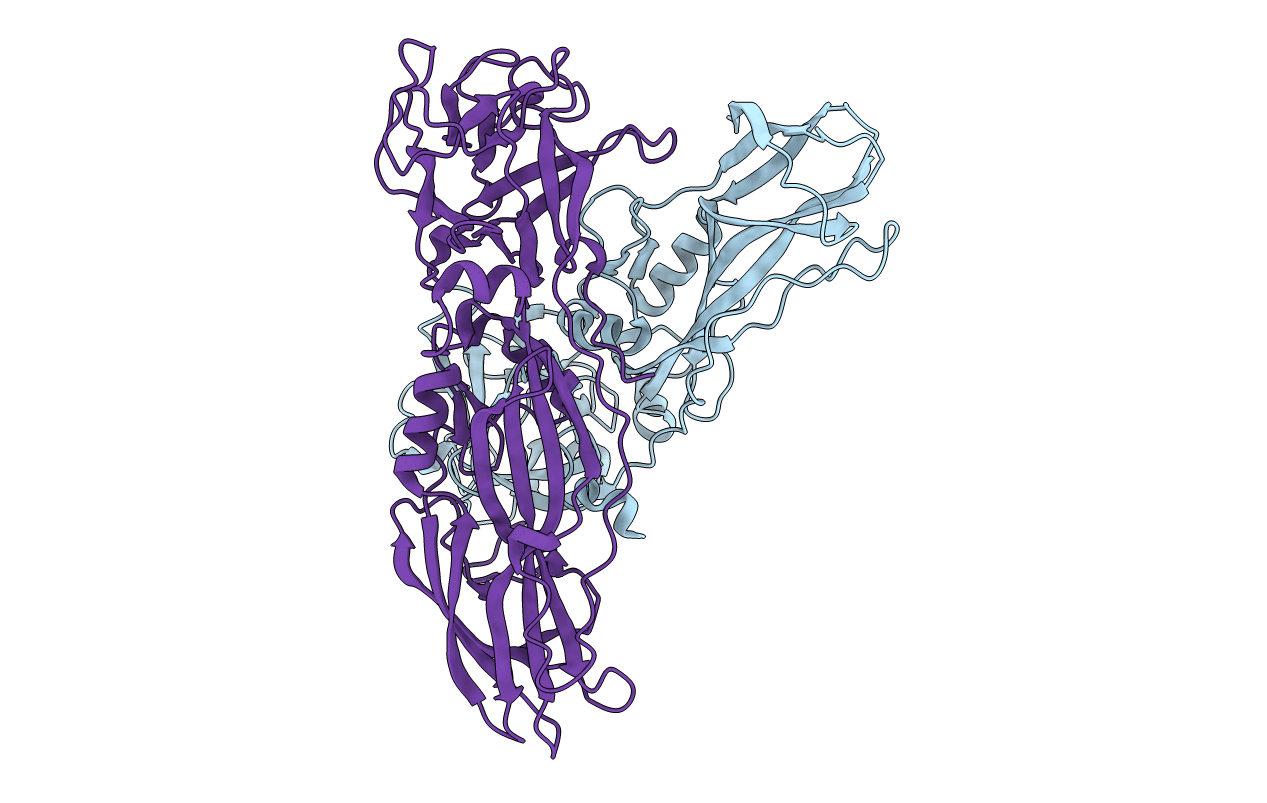
Deposition Date
2016-04-24
Release Date
2016-10-05
Last Version Date
2024-11-13
Entry Detail
Biological Source:
Source Organism:
LYSINIBACILLUS SPHAERICUS (Taxon ID: 1421)
Host Organism:
Method Details:
Experimental Method:
Resolution:
2.50 Å
R-Value Free:
0.26
R-Value Work:
0.21
R-Value Observed:
0.21
Space Group:
P 21 21 21


